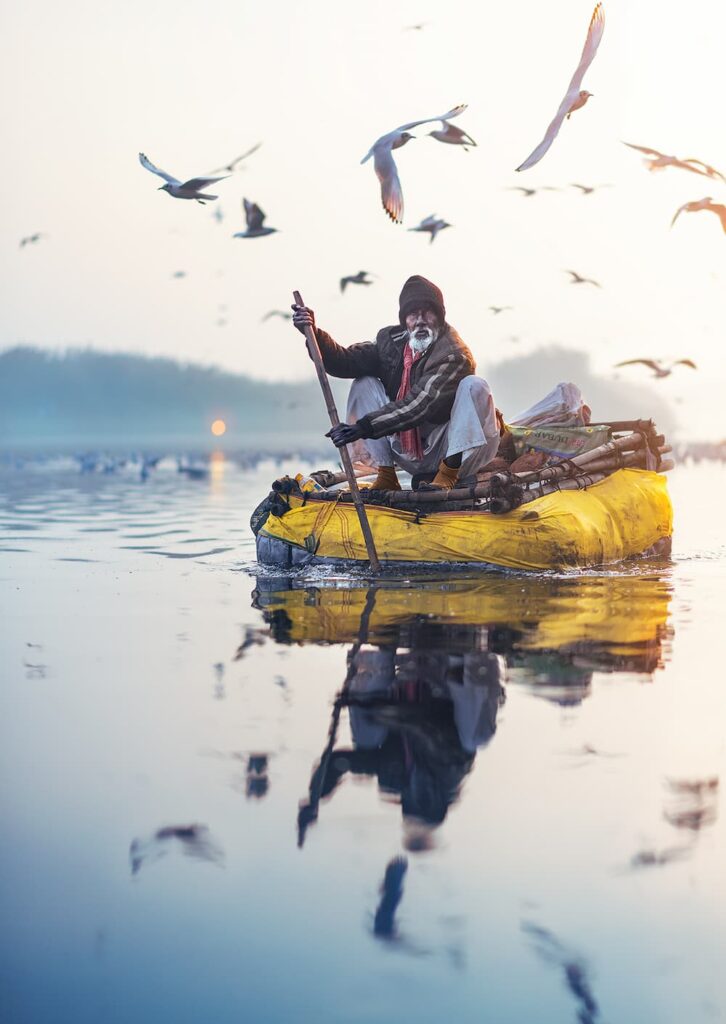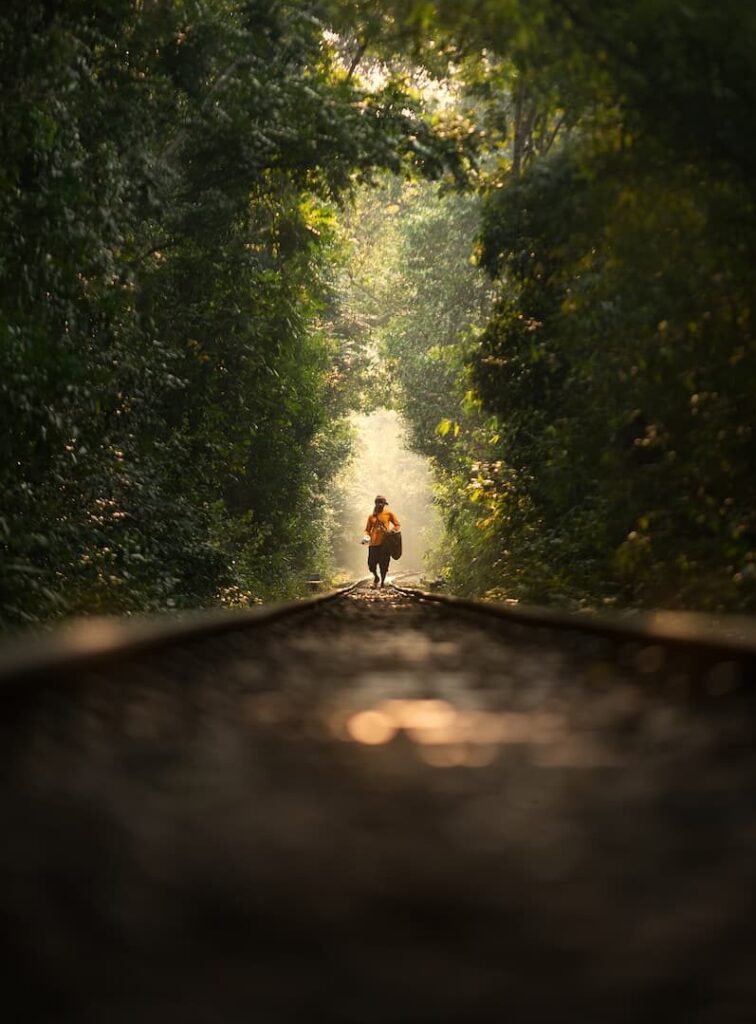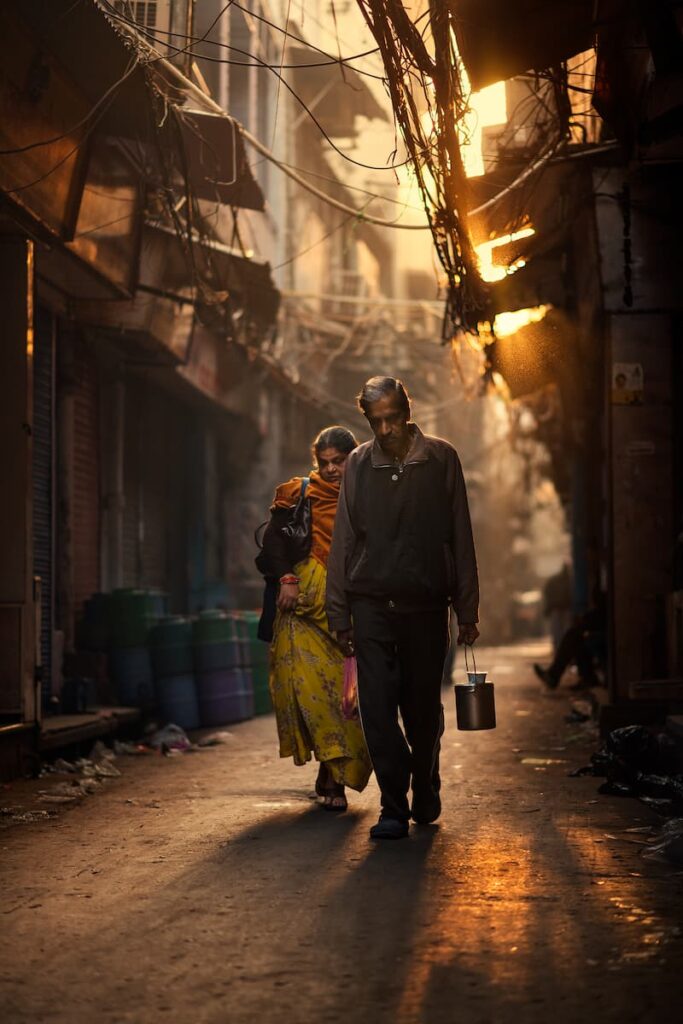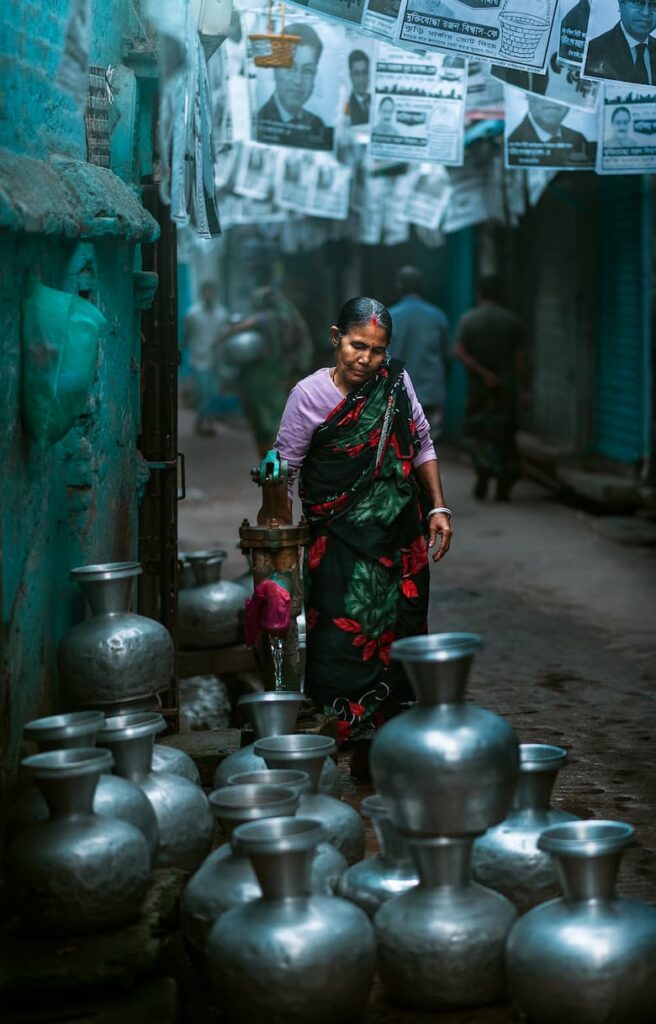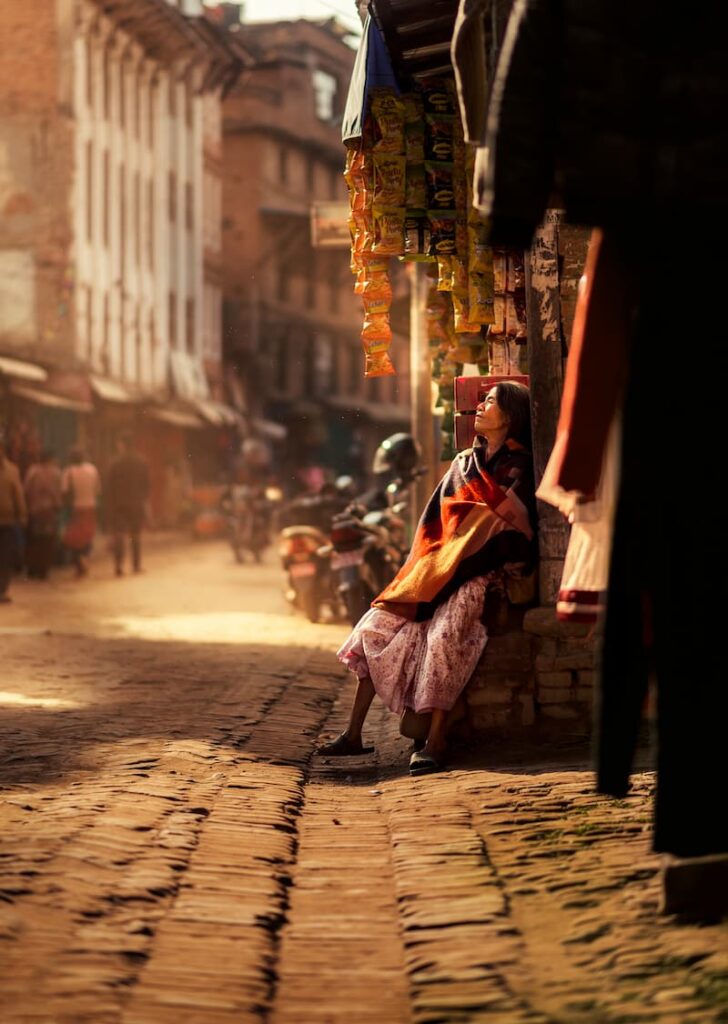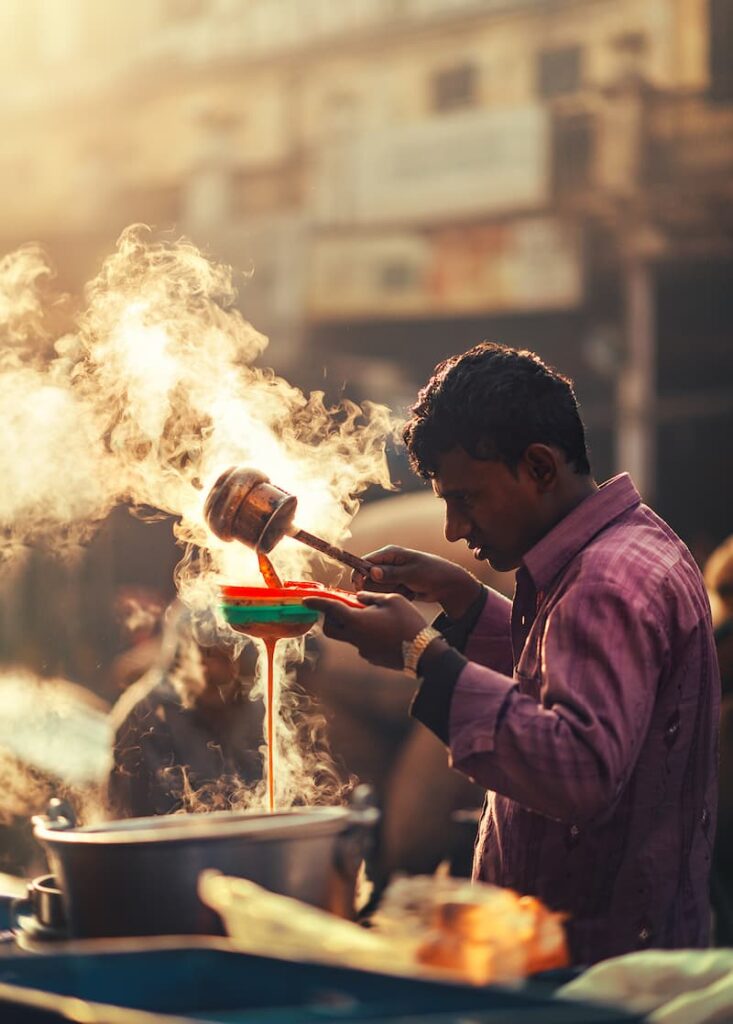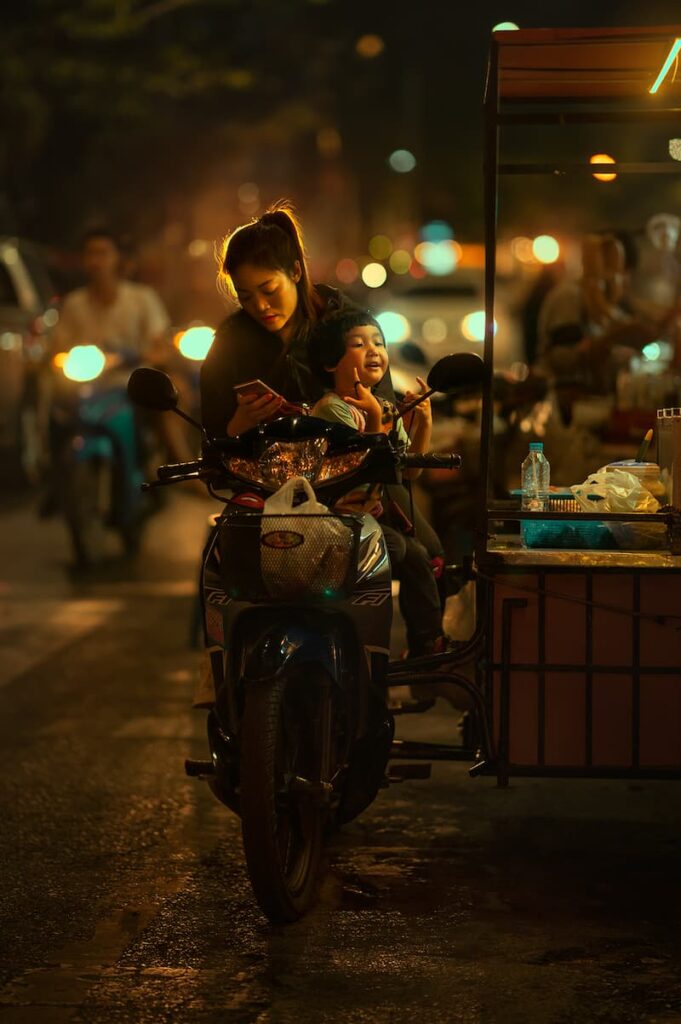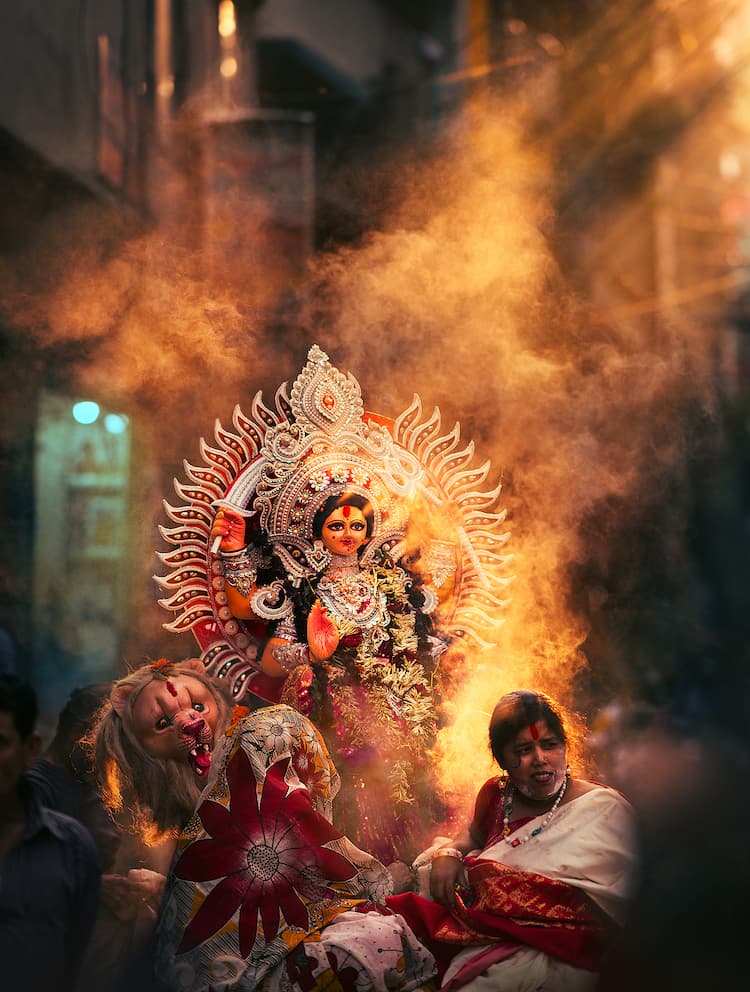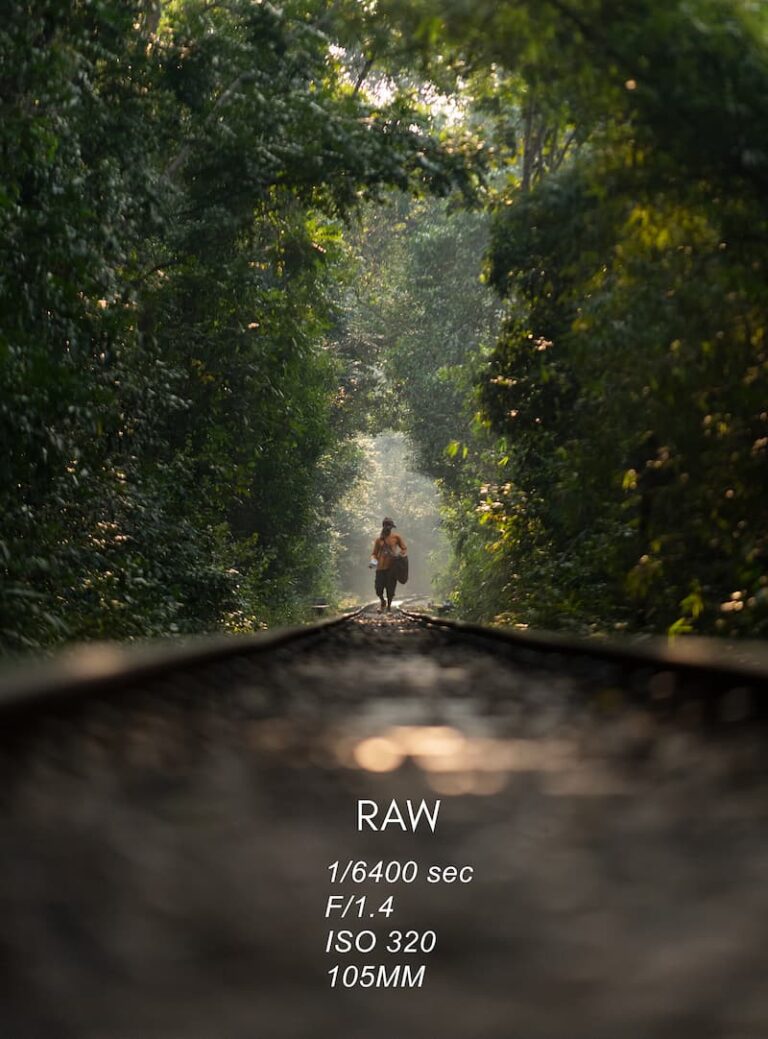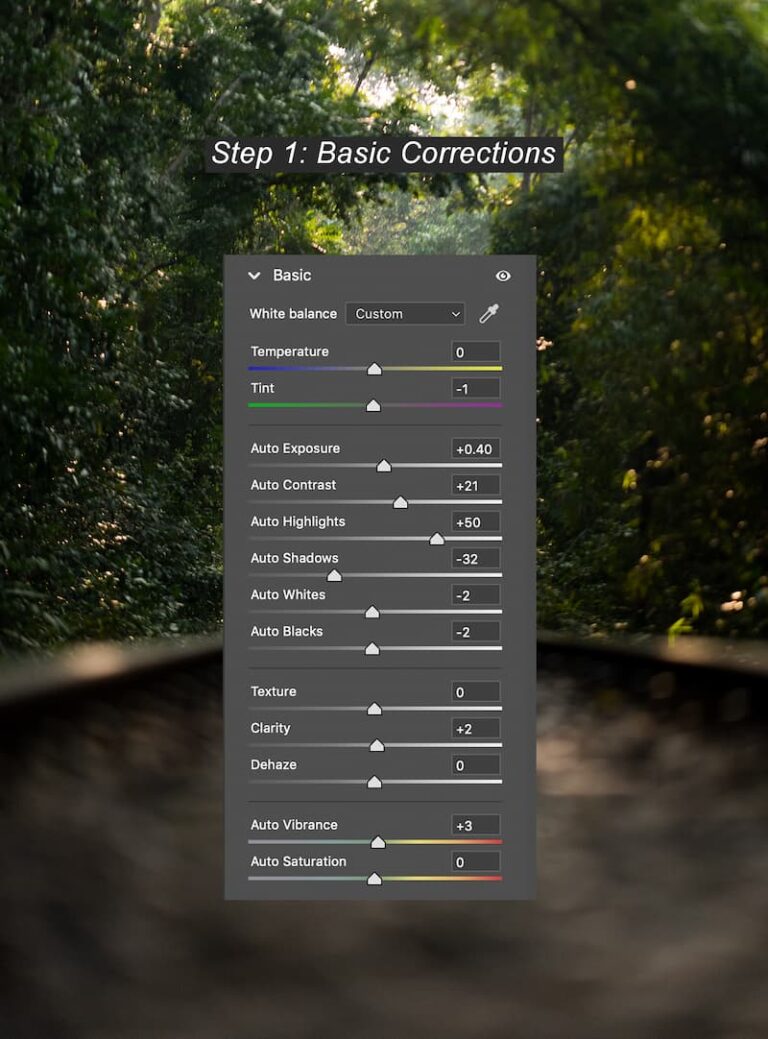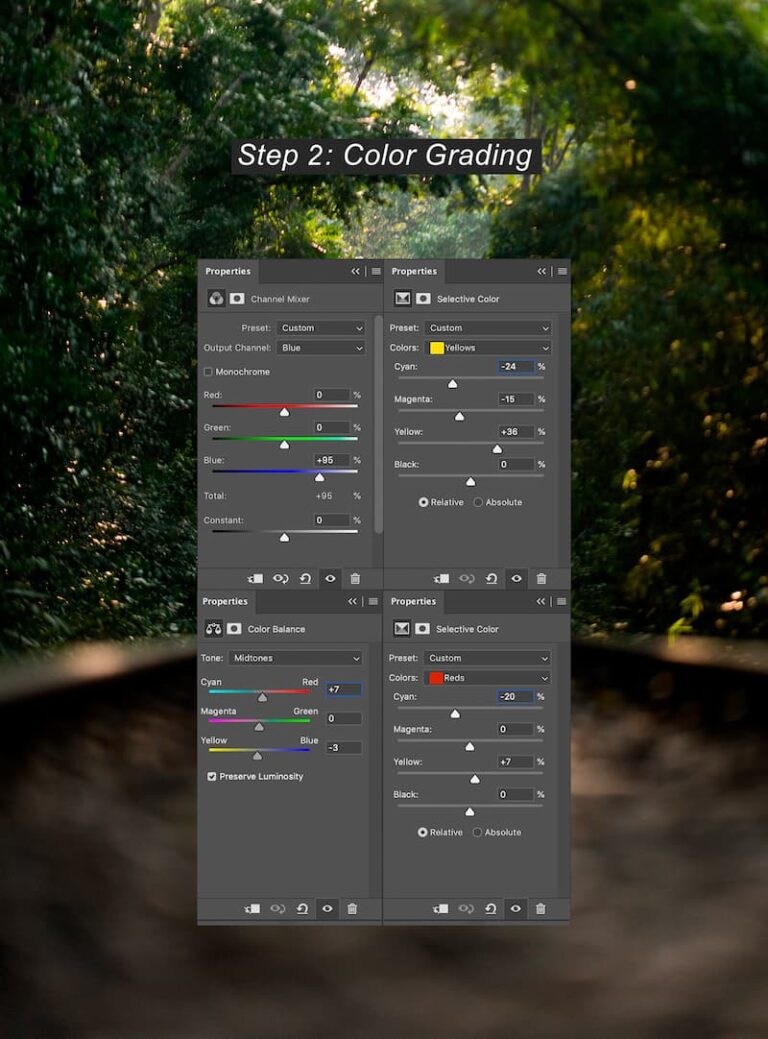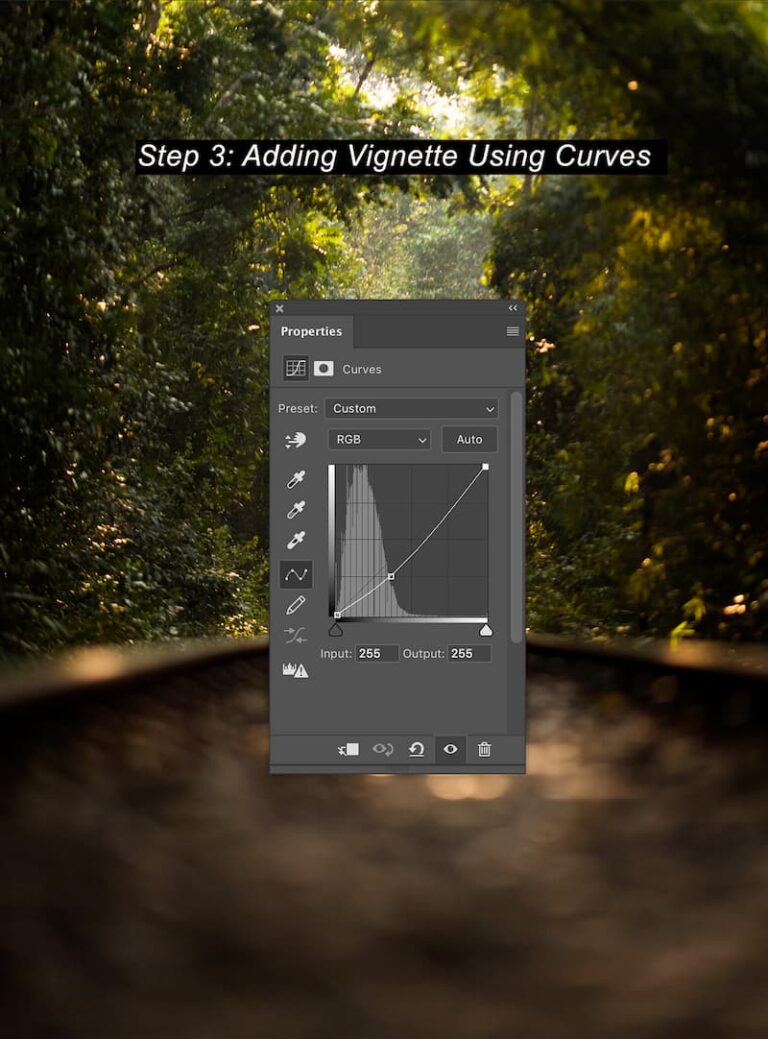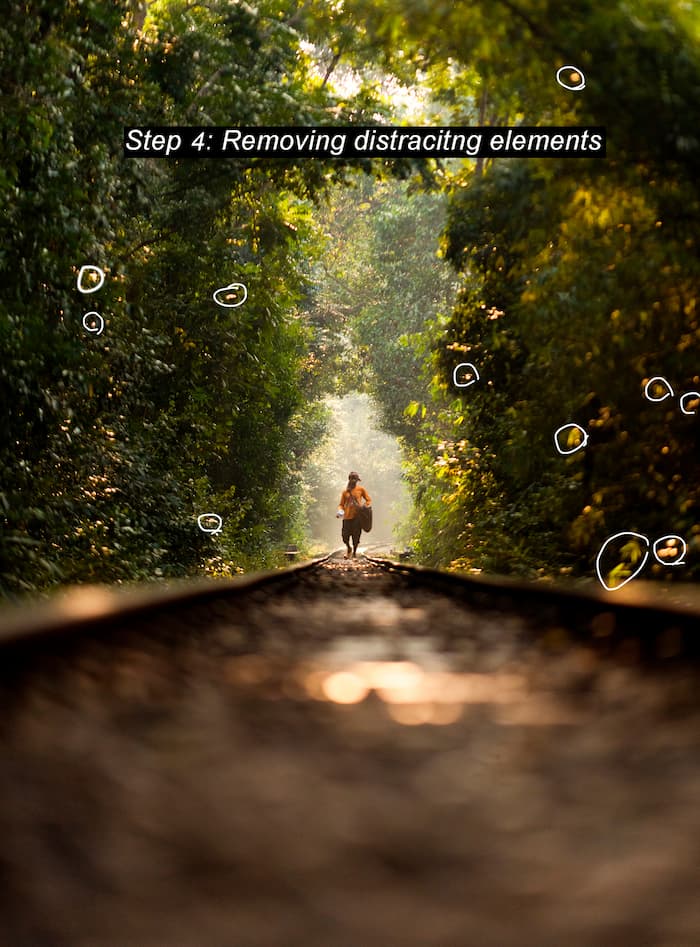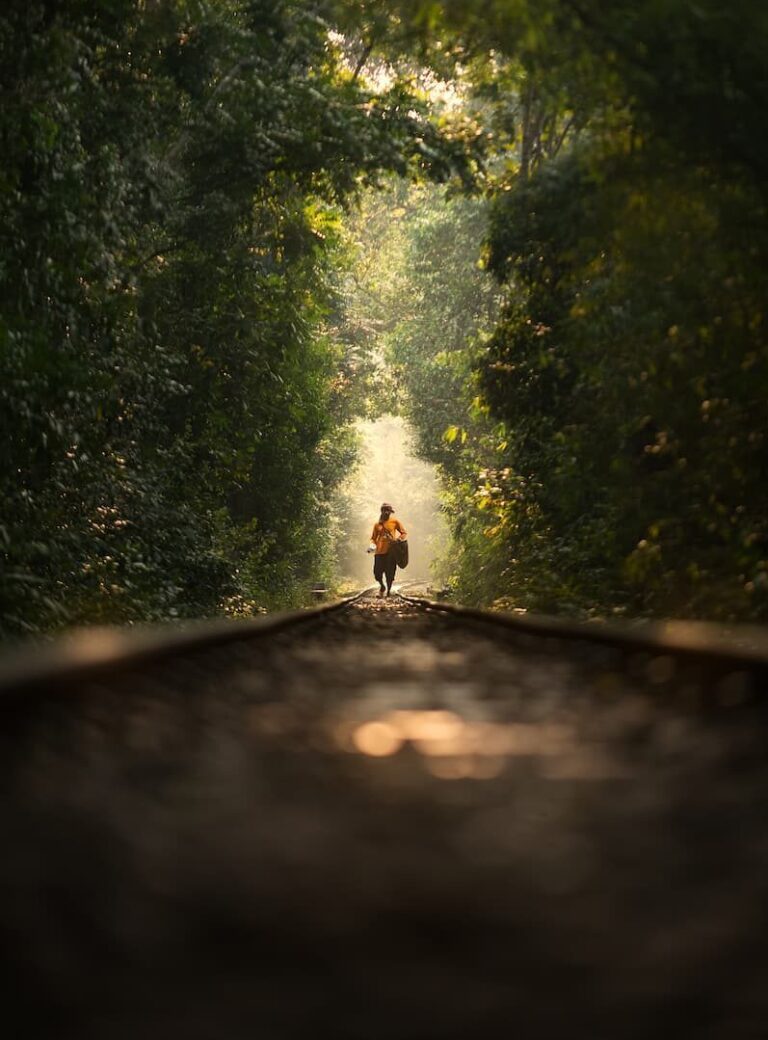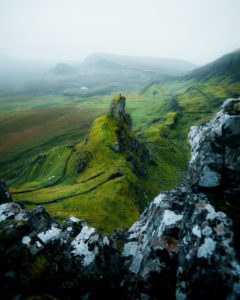
Ashraful Arefin
@ashrafularefin
Street photographer based in Bangladesh
In this interview, we welcome Ashraful Arefin, a talented street photographer from Dhaka, Bangladesh. His journey from fine art and graphic design to photography has led him to develop a distinctive and enchanting style, which he explains and shares with us step by step!
Ashraful’s passion for capturing raw, unfiltered moments and his ability to infuse his images with a sense of magic and mystery have set him apart in the world of street photography. Throughout our conversation, Ashraful shares his inspirations, the impact of his 365 photography project, and his approach to using light, color, and storytelling to create powerful, emotional images. He also offers valuable advice for aspiring photographers looking to develop their unique style and voice in this deeply personal art form. You can read the full interview below and watch our live on Instagram here.
Interview
Welcome Ashraful! What inspired you to transition from graphic design to fine art photography, and how has your background in graphic design influenced your photography style
Thank you for having me! I’ve always been interested in fine art, drawing, and painting. From a young age, I wanted to be a painter, which inspired me to create photos that look like paintings. In 2010, as a Fine Art student, I got my first camera to photograph my artwork. However, I soon became more interested in photography and started a 365-day project in 2013. This project deepened my passion for photography, leading me to focus all my time and energy on it.
Studying graphic design helped me understand compositions and colors, making my editing process easier.
Can you describe the experience and impact of your 365 project on your photographic journey and skills?
Participating in the 365 photography project significantly impacted my photography journey. The daily task of taking and editing a photo was a unique challenge, but it also taught me a lot. I explored different subjects, learned about lighting, and improved my editing skills every day. This project was the perfect way for me to enhance and advance my photography skills.
Your work often highlights the beauty of simple things. Can you share a specific moment or subject that particularly moved you and how you captured it?
This photo marked a turning point in my photography journey. It depicts a woman in Nepal, at her shop in the early morning.
Revisiting the photograph, I was overcome with emotion. Her expression held an undeniable depth that resonated with me. I sensed her finding solace briefly before the day’s hustle and bustle began. The depth of emotion in her expression reminded me of the powerful impact that photography can have.
How do you incorporate elements of real life into your whimsical and dreamy photographic style?
I believe that lighting and storytelling are essential for creating dreamy photographs. My goal is to capture characters, scenes, or narratives that draw viewers into a magical world full of mystery and enchantment. Lighting is crucial for this effect, as the same subject can appear entirely different in various lighting setups. I typically shoot during early mornings or late afternoons when the light is softer and creates a dreamy effect on the subjects. Additionally, depth of field is important. I often use a narrow depth of field to achieve a soft, dreamy background. The combination of soft, glowing light and a narrow depth of field works wonders. Finally, I use post-processing techniques to enhance the dreamy atmosphere of my photographs.
What challenges do you face when conveying emotion and beauty through your photography? And how do you overcome such challenges?
I believe that beauty and emotion are subjective concepts. Finding the right subject matter can be challenging because not all subjects easily convey emotion and beauty. It’s important to look for subjects with expressive faces and to focus on people’s eyes, as they are often called the windows to the soul. Developing storytelling skills to guide viewers toward the emotions and beauty you want to convey is also crucial. Establishing a genuine emotional connection with your subject or scene is essential for capturing emotion and beauty authentically. This requires empathy, patience, and the ability to create a comfortable and trusting environment for your subjects as a photographer.
Your photos often have a positive and uplifting vibe. How do you ensure this mood is consistently present in your work?
I believe that what you seek, you will find. When photographing, I always look for something positive because I want to feel good when I look at my photos. I approach photography with a positive and uplifting mindset. Before starting a shoot, I aim to capture moments of joy, beauty, and positivity.
"I choose subjects that naturally evoke positive emotions or convey uplifting messages, such as candid moments of human connection or celebrations where people find joy in simple things."
Can you discuss a project or series that best represents your vision and artistic goals?
I believe this series of street photographs taken in golden light perfectly represents my style. What inspires me most about street photography is capturing raw, unfiltered moments and people. I love knowing that these split-second moments are unique and won’t happen again. Street photography brings me closer to people and lets me experience their daily lives. It enables me to observe life as it is: real and raw. It helps me appreciate my surroundings and the people I might not normally notice. I also love the healing quality of this kind of light; it feels like a promise of a better day. Everything looks magical in this light.
On color grading
and post-processing
What role does color play in your photography, and how do you use it to enhance the emotional impact of your images?
I believe that light is the soul of a photo, and color is its heart. Color can evoke different emotions, so I use it purposefully. Warm colors like reds, oranges, and yellows can make people feel warm, energetic, and passionate, while cool colors like blues and greens can evoke feelings of calmness, peace, and sometimes sadness. I choose colors and tones based on the mood and emotions I want to convey in my picture.
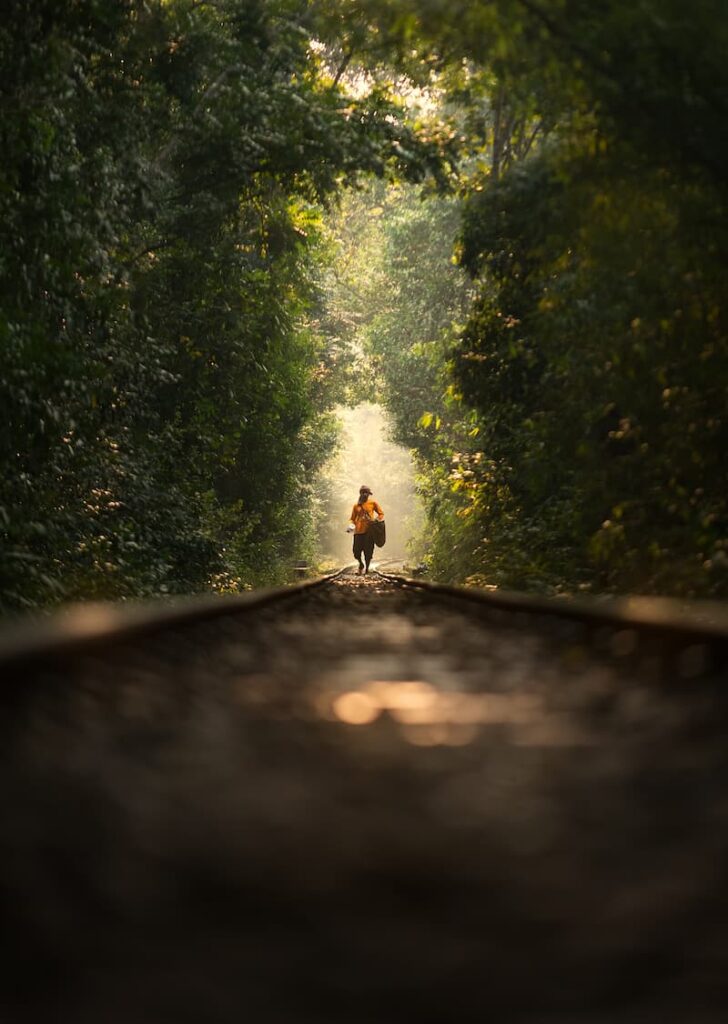
Below, you can find an example with four main steps, including basic corrections, color grading, adding a vignette using curves, and removing distracting elements:
As a photographer based in Dhaka, how does your local environment influence your work, and what aspects of city life do you most enjoy capturing?
Being one of the most populated cities in the world, Dhaka has introduced me to a wide variety of people from different walks of life and social backgrounds. It’s truly fascinating to witness the diverse lifestyles within different parts of the same city. This experience has greatly contributed to my storytelling abilities. One of the things I enjoy about Dhaka is that it is a very lively city. There’s always something interesting happening on every street, whether it’s people’s activities, street markets, or street food stalls. Furthermore, the city is a blend of both modern and old cultures. In the newer parts of the city, you can observe a modern, high-end lifestyle, while in old Dhaka, you can experience traditions dating back to the Mughal era.
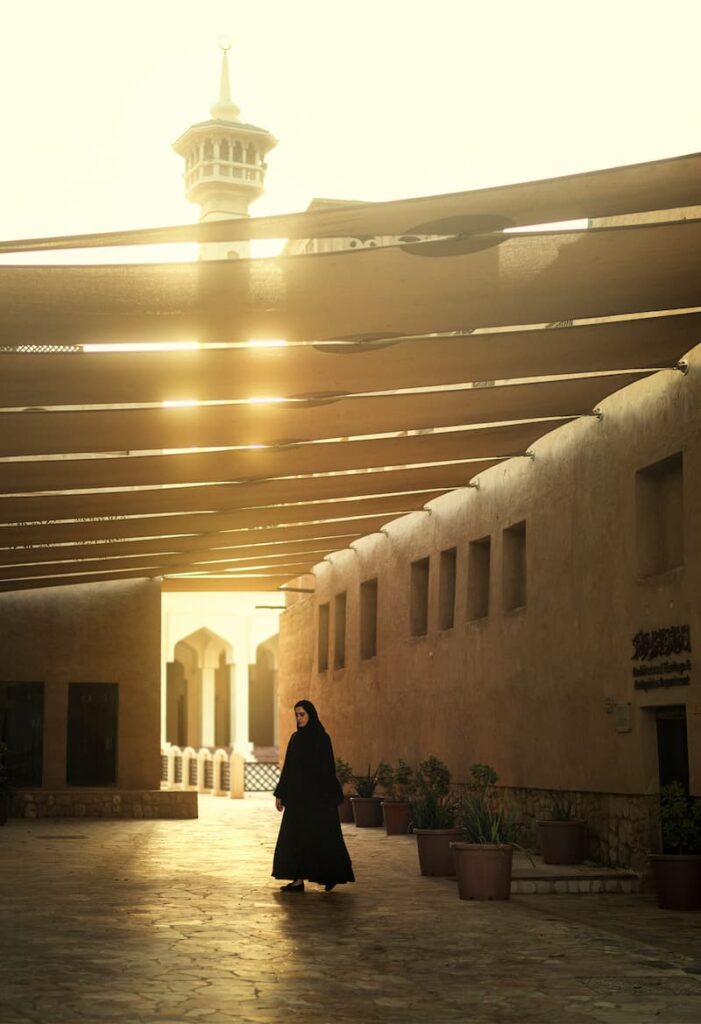
What advice would you give aspiring photographers who want to develop their unique style and voice in the field of fine art and street photography?
If you have a passion for photography, immerse yourself in it. Follow your heart, trust your creative instincts, and don’t worry too much about others’ opinions. Mistakes are a natural part of learning, so embrace them as opportunities for growth. Photography is a deeply personal art form, and everyone approaches it uniquely. There’s no right or wrong way, just your way. While it’s valuable to draw inspiration from others, it’s important to carve out your artistic path.
